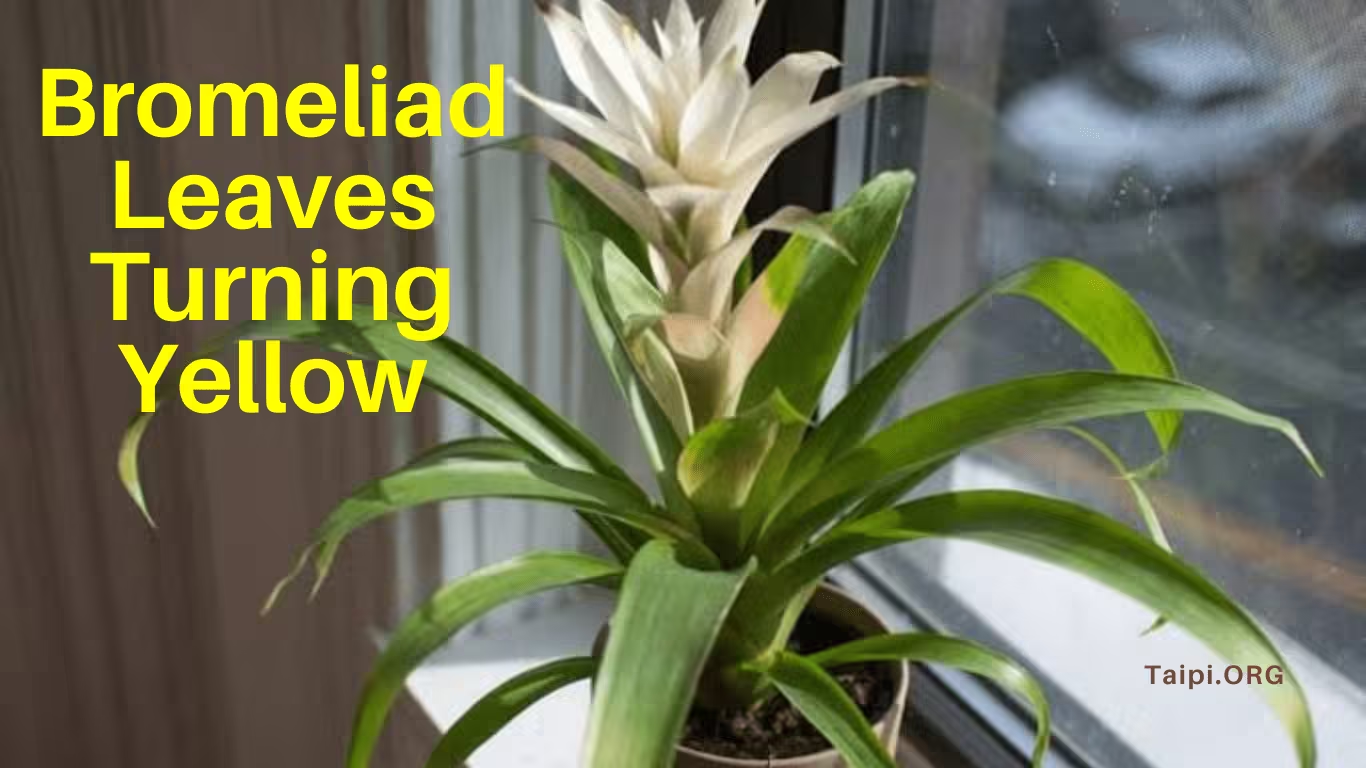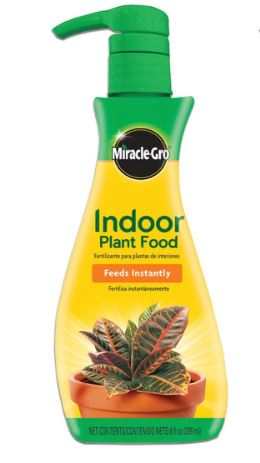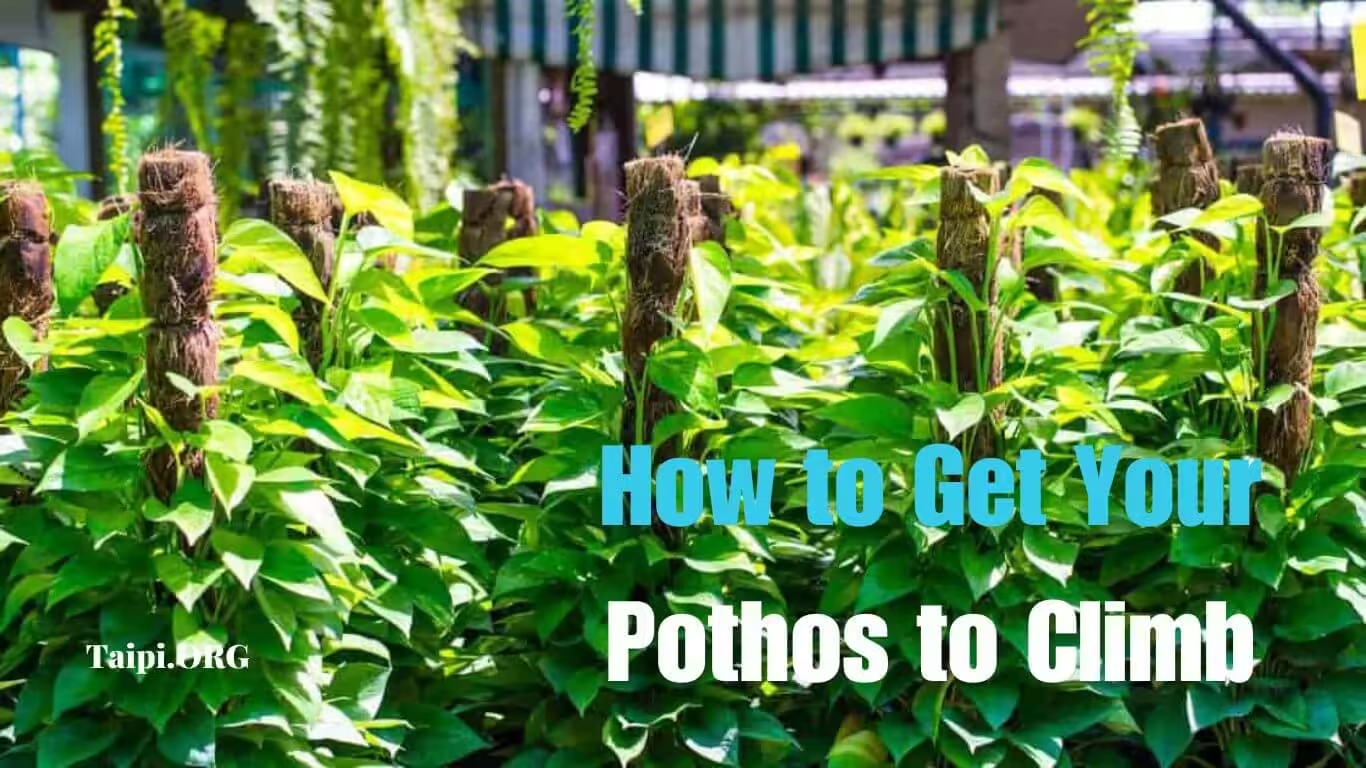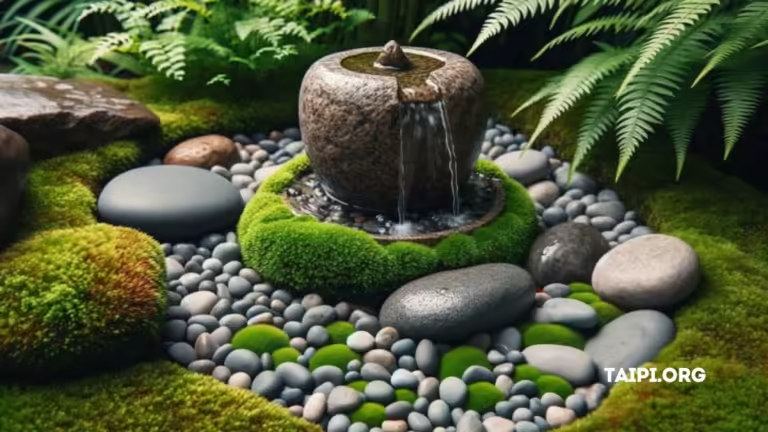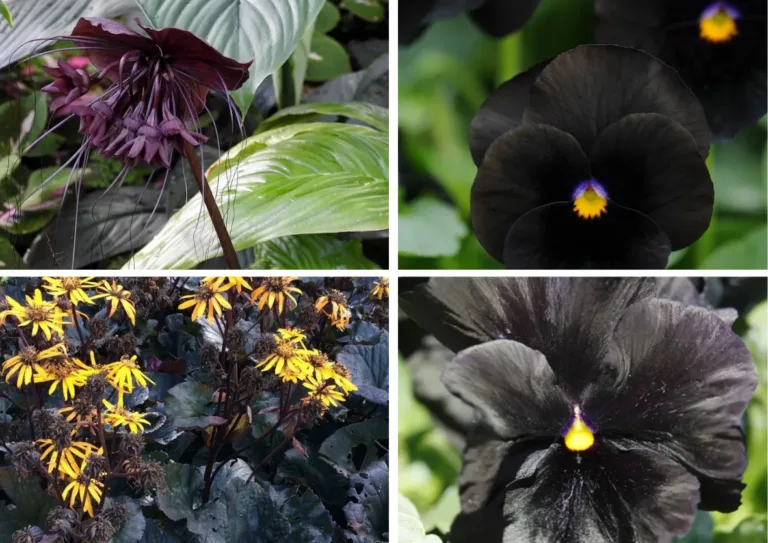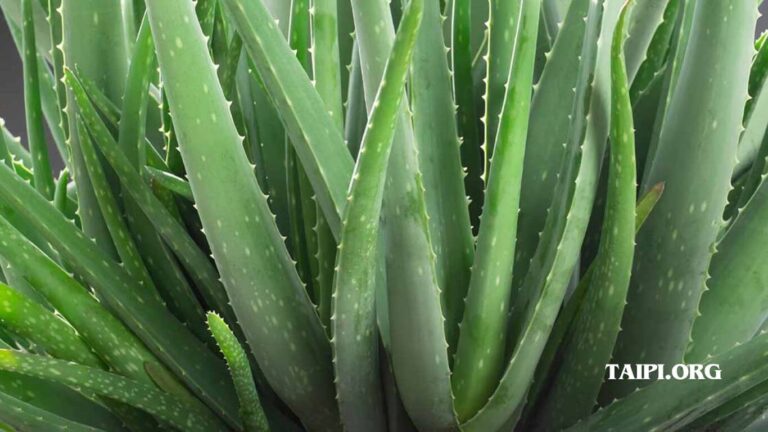Bromeliad Leaves Turning Yellow? Causes & Fixes
ARE YOUR bromeliad leaves turning yellow, despite your efforts to make the plant look vibrant? Generally, bromeliads are unique and vibrant plants thanks to their striking foliage and adaptability. However, when bromeliad leaves start turning yellow, it can be a cause for concern.
But don’t worry because I have done my research and identified the various reasons behind the yellowing of bromeliad leaves. Besides, I will also provide you with practical suggestions to solve the bromeliad leaves turning yellow issue.
Bromeliad leaves may turn yellow due to a lack of enough water, too much watering, lack of enough light, or even due to nutrient deficiency.
But there is more than that. In this article, I look into all possible reasons your bromeliad leaves are turning yellow.
You can also read on: Why is My Bromeliad Turning Brown?
8 Reasons Why Bromeliad Leaves Are Turning Yellow
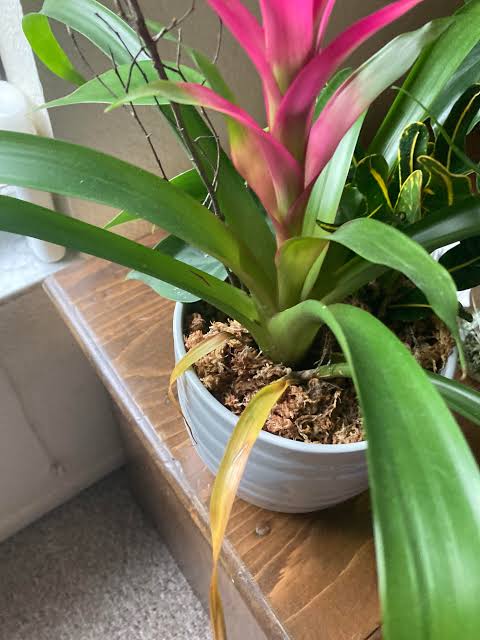
As mentioned before, there are various reasons your beloved bromeliad plant leaves are turning yellow.
Knowing these problems and fixing them earlier will not only help bring the plant back to life but also save a few bucks.
Let’s start to investigate what causes your bromeliad leaves to turn yellow.
1. You Are Overwatering
One of the most common causes of yellowing of leaves of the bromeliad plant is overwatering, which can lead to root rot.
While many people know that giving their houseplants too much water may lead to issues, they may at times fall into a trap, especially during summer.
But the fact is that if you give your houseplant a lot of water, you will overwhelm the roots, making it difficult to pull the water through their system.
How to Fix the Problem:
I check the state of the soil before I water the plant. You might want to do the same.
Before you water your bromeliad plant, and any other houseplant for that matter, check the state of the soil using your fingers.
That way, you will tell whether the soil is too dry and you might be able to determine whether it needs water.
Besides, allow the top inch of the soil to dry before watering again.
Ensure that the pot has proper drainage, and use a well-draining potting mix. Trim any affected yellow leaves to prevent the spread of rot.
Perhaps you are now asking, what’s the ideal time to water the bromeliad plant?
The answer to this question is simple: The ideal time to water your bromeliad plant is when you are sure the soil is almost completely dry. And you will tell this using your fingers.
2. You Are Underwatering Your Plant
If you thought that giving your plant little water would solve the problem, you are mistaken. While overwatering will cause the yellowing of your bromeliad plant leaves, the opposite is also true.
Underwatering your bromeliad plant can also result in the yellowing of leaves as the plant becomes stressed and dehydrated.
You may argue that you do not underwater your plant because whenever you water your bromeliad, you ensure water is full until it starts to pass through the holes of the pot.
While that is ideal, have you ever wondered how long you take before you water your bromeliad plant?
If you are taking too long before you water your bromeliad plant, that is underwatering.
How to Fix the Problem:
Establish a consistent watering schedule. Water the bromeliad when the top inch of soil feels dry. Ensure that water reaches the entire root system and drains adequately.
Limit the amount of water when the soil is moist to allow the plant to utilize the water in the soil.
But increase the amount of water when the soil is dry. You can also do the same during summer when the temperatures are high.
3. There Are Improper Light Conditions
Ideally, plants thrive when they are in the sun. Although some do well in certain conditions such as under the shade and indoors, inadequate, or excessive light can lead to the yellowing of bromeliad leaves.
As for the bromeliad plant, too much direct sunlight can scorch the leaves, while insufficient light can inhibit photosynthesis.
How to Fix the Problem:
Place the bromeliad in bright, indirect light. Adjust the placement based on the species – some prefer more shade, while others thrive in brighter conditions.
One of the best places you can put your bromeliad plant in the house is near the window where it can receive indirect light.
NB. Placing your bromeliad plant in direct sunlight will worsen the situation. The leaves will not only turn yellow but also burn and that is how you’ll lose your beloved plant.
4. There’s Nutrient Deficiency
Bromeliads may show yellowing if they lack essential nutrients, particularly nitrogen.
One of the big mistakes many homeowners make is to give their houseplants a lot of fertilizer. Like human food, we eat that which we need not more.
Feeding your bromeliad plant with a lot of fertilizer will suffocate your plant. Besides, most indoor plants are limited.
Unlike their outdoor counterparts that grow directly in the soil, indoor plants’ roots have a small area to circulate.
That means they do not have space to expand no matter how much you feed them.
Additionally, your bromeliad plant may start to turn yellow because you are feeding it the wrong fertilizer or unbalanced fertilizer. For bromeliads, Miracle-Gro Indoor Plant Food (PICTURED ⬆) is the best I can recommend.
How to Fix the Problem
Feed the bromeliad with a balanced, water-soluble fertilizer designed for epiphytic plants. Apply the fertilizer at half strength to avoid over-fertilization, which can also cause yellowing.
5. There May Be Pests and Diseases
Yellowing of leaves may be an early sign indicating your bromeliad plant is sick. Plant scientists argue that aphids, scale insects, or fungal infections can contribute to yellowing leaves.
What to Do to Fix the Problem:
Inspect the plant regularly for pests and diseases. If you suspect that your plant is infested, treat it with insecticidal soap or neem oil for pests. For fungal issues, use a fungicide according to the product instructions.
6. There’s Poor Air Circulation
Like human beings, plants need air to survive. Compared to outdoor plants that receive uncensored air, houseplants depend on your actions, their location, and the design of the house for air circulation.
Stagnant air around the bromeliad can lead to fungal issues and yellowing leaves.
How to Fix the Problem:
You can solve the air circulation problem by placing the plant where air flows uninterrupted or ensure there is proper air circulation by placing a fan nearby.
Besides, avoid crowding plants, and maintain a clean environment by removing debris from the base of the plant.
7. Extreme Temperatures
Bromeliads are sensitive to extreme temperatures, and prolonged exposure to cold or hot conditions can cause yellowing.
While some locations have higher temperatures than others, that does not mean you can’t grow bromeliad plants.
But what can you do if indoor temperatures surge?
How to Fix the Problem:
As a rule, keep bromeliads in a temperature range of 60-80°F (15-27°C).
Additionally, you can protect your plants from drafts and sudden temperature changes, especially during winter by warming your house.
8. Natural Aging
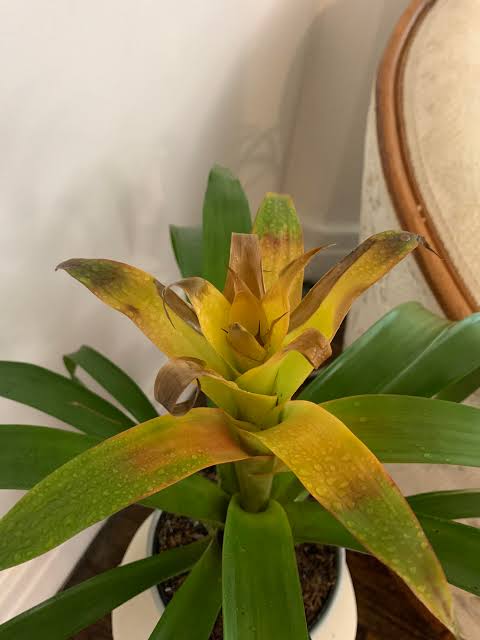
It’s normal for older leaves to turn yellow and die off as part of the natural growth cycle. As such, there is nothing you can do to reverse the situation. Nonetheless, you can try a few things.
How to Fix the Problem:
One of the things within your power is to trim yellow leaves regularly to promote the health of the plant.
Besides, if your plant has stayed many years in your house, perhaps it is time to start afresh by going for a younger bromeliad plant.
Always focus on maintaining optimal growing conditions to support new leaf development.
Conclusion
Understanding the various factors contributing to yellowing bromeliad leaves is crucial for maintaining a healthy and vibrant plant.
By identifying the specific issue affecting your bromeliad and implementing the recommended solutions, you can help restore its vitality and enjoy the beauty of its lush, green foliage.

